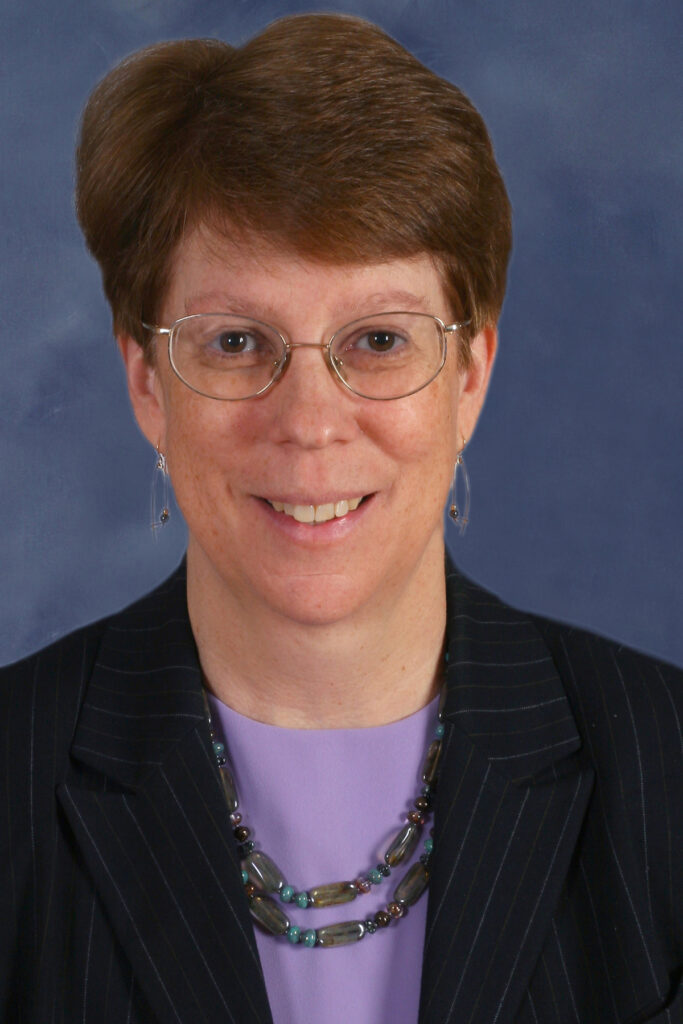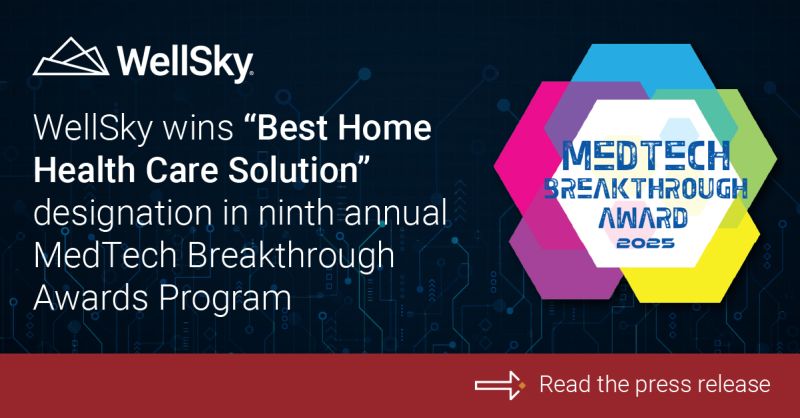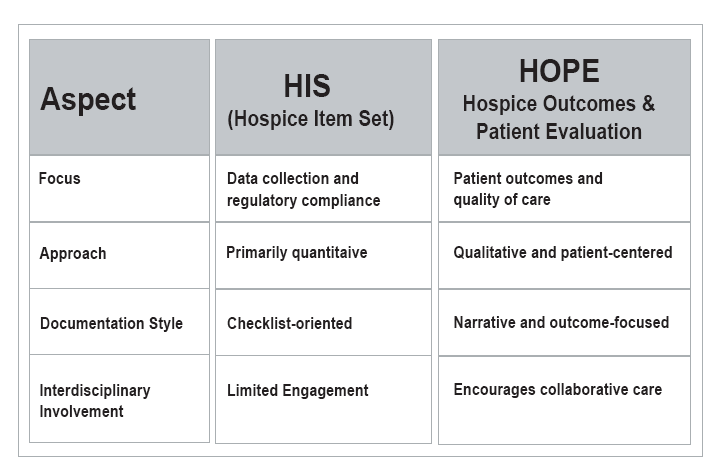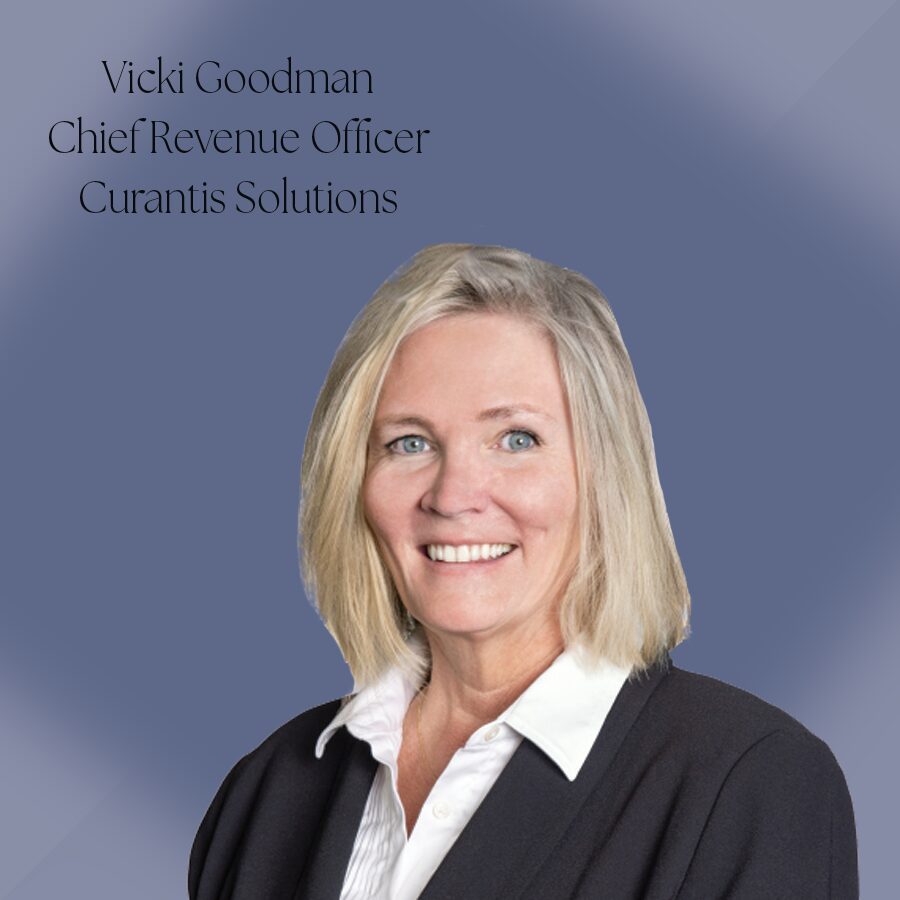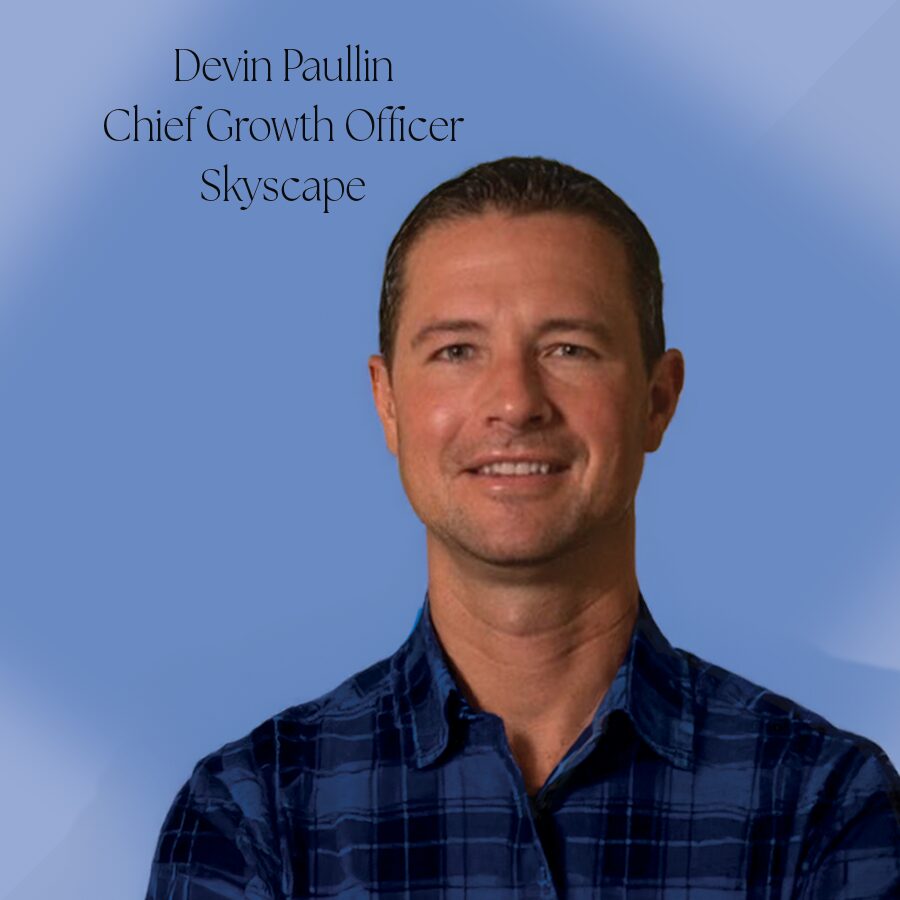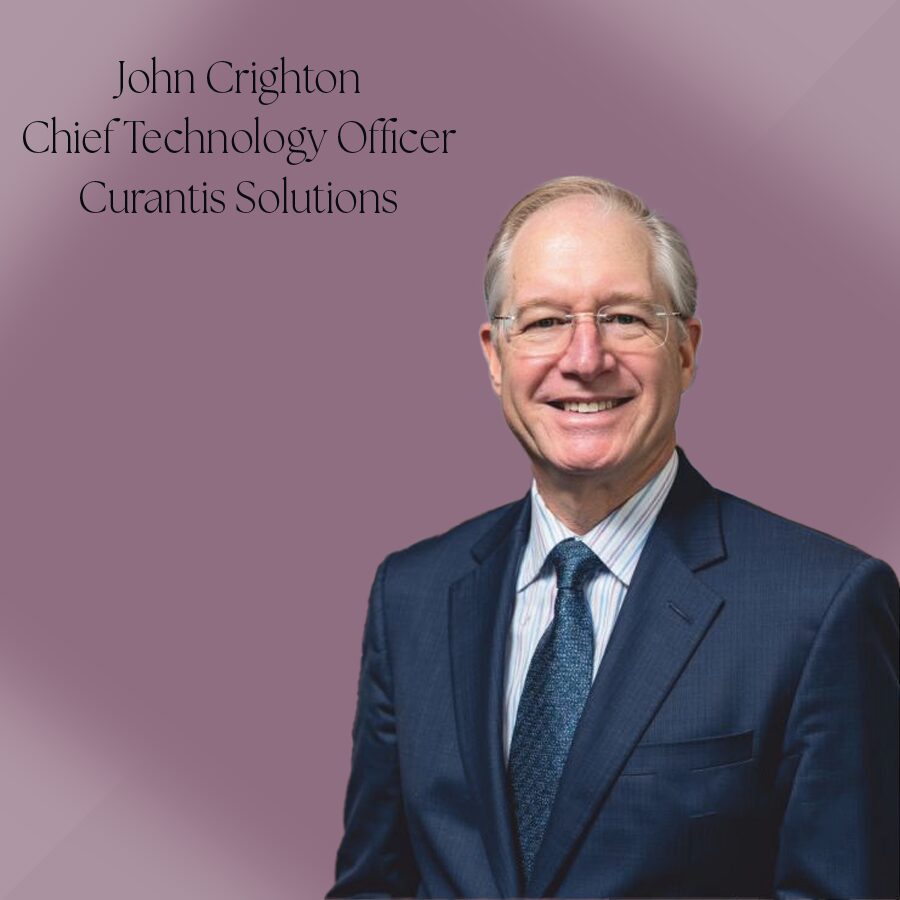Evaluating QHINs Interoperability 3
by Ben Rosen, Sr. Client Success Manager, Netsmart
Interoperability
What you need to know and how it affects you Part 3
For over two decades, tech companies and government agencies have been moving toward the goal of interoperability in healthcare technology. At long last, standards and protocols are in place—and continually being improved—to support open data exchange networks. As a result, healthcare providers, including human services, post-acute providers and specialty practices, have more opportunities to participate in alternative payment models and adapt more readily to the evolving payment landscape.
This is part three of a four-part series covering the forces that are driving interoperability, as well as the future vision of open networks, and what it all could mean to your organization. Read Part One Here; Read Part Two Here.
Interoperability in Healthcare
Evaluating QHINs for your Organization
As outlined in Part Two of this series, all Qualified Health Information Networks (QHINs) must apply and be accepted according to the baseline requirements outlined by the Trusted Exchange Framework and Common Agreement (TEFCA). While the rigorous testing and project tasks for each QHIN are the same, they may differ in services offered, geographic focus, technical capabilities, pricing and specific target markets. This blog will explore similarities and differences between QHINs, to provide insights that will arm organizations with the knowledge needed to make informed decisions about selecting a QHIN.
How to choose the right QHIN for your organization
- The services you provide today and with whom you exchange data.
- The communities you serve.
Prospective QHINs should have experience in serving the technology needs of the communities you serve and exhibit an understanding of how your service lines could impact the types of data transactions you use. If your strategic plan calls for expanding your services or community footprint – either organically or through partnerships with other providers – you’ll need to consider how your current needs will evolve and how that will affect your QHIN criteria.
QHIN candidates should have experience working with your electronic health record (EHR) vendor and be able to manage a smooth integration with your existing technology. Compatibility with your
EHR will help simplify implementation and further establish the network as a good fit for your organization. Integration capabilities of the QHIN should lend well to your current EHR build, such as being able to integrate the QHIN data directly to your EHR workflows.
Consider technical requirements
Each QHIN will have to build to and abide by the same standards for exchange via TEFCA. These requirements are outlined in the Common Agreement and the QHIN Technical Framework documents. Differentiation among QHINs will come from doing an analysis of your organization’s data exchange requirements and then determining how well they match up with the technical infrastructure and capabilities of the QHINs.
If your service lines require special consent practices or you do business in a state with strict data laws, it is paramount that your QHIN be technically capable of handling your most complicated information sharing needs from day one. Network

size and geographic coverage should also factor into your decision as well as the QHIN business itself. QHINs today fall into categories such as developer platforms, data exchanges, and EHRs.
Questions to ask your QHIN short list candidates
Use the previously mentioned factors to focus on your top candidates, then it’s time to start asking about specifics:
-
Cost structure and pricing
-
Additional services, such as analytics or public health reporting
-
Customer support and ease of onboarding
-
Plans to implement FHIR
-
Ongoing compliance with TEFCA and security standards
-
Total transactions and how different kinds of transactions are managed
QHINs may charge a per-transaction fee for their connectivity services. The specific services they can charge for are outlined by TEFCA, but the amount they can charge is not. Be sure to ask about ongoing costs and transaction fees so you can accurately project costs.
All QHINs can provide you with connectivity for data exchange. But you should also explore each QHIN’s ability to provide reporting, analytics and other value-added services that will help you relate that data to your organizational goals.
Ask about the onboarding process, how long it typically takes and the level of support you can expect from start to finish.
QHINs will all be held to the same FHIR (Fast Healthcare Interoperability Resources) standards for exchange via TEFCA. When evaluating FHIR capabilities for QHINs, it’s important to understand what the QHIN’s strategy is around subscription services and bulk data access. This also ties into the consideration that even though a QHIN may support FHIR standards, you need to evaluate how well those pieces of information are actually integrated so you receive the information in a usable form.
Technology companies must meet strict standards to become a QHIN. But you should also inquire about further monitoring and safety measures that guard against breeches of security and other concerns.
Ask vendors for metrics around total transactions facilitated on their network and how they manage the different exchange types that are available via TEFCA. You also should find out ratio of errors to successes they have with their current network participants.
Final Thoughts
Due diligence is always essential whenever you choose technology. Scrutinizing all the factors outlined above for QHINs is particularly important because of the potential they will have for enhancing data sharing throughout your organization. In the final part of this blog series, we will explore actual QHIN use cases and the benefits they may offer.
Coming soon in Interoperability Part 4:QHIN implementation, use cases, and benefits.
# # #
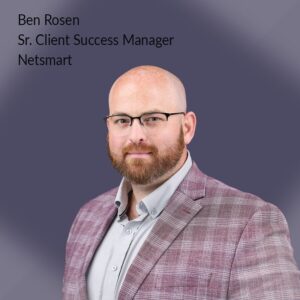

Ben Rosen is a senior client success manager and business unit owner for the interoperability solution suite at Netsmart. With more than a decade of healthcare experience, Ben has led numerous initiatives to integrate healthcare systems and enhance data sharing across the care continuum. His dedication to advancing healthcare interoperability drives his active involvement in industry initiatives and standards organizations, where he provides insight for frameworks such as HL7 FHIR, USCDI and others. Ben holds a Bachelor of Science in kinesiology from Kansas State University and a Bachelor of Science in nursing degree from the University of Nebraska Medical Center.
©2025 by The Rowan Report, Peoria, AZ. All rights reserved. This article originally appeared in the Netsmart blog and is reprinted here with permission. For more information or to request permission to print, please contact Netsmart.



